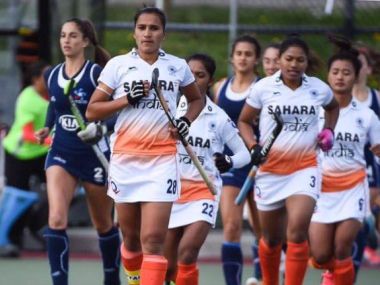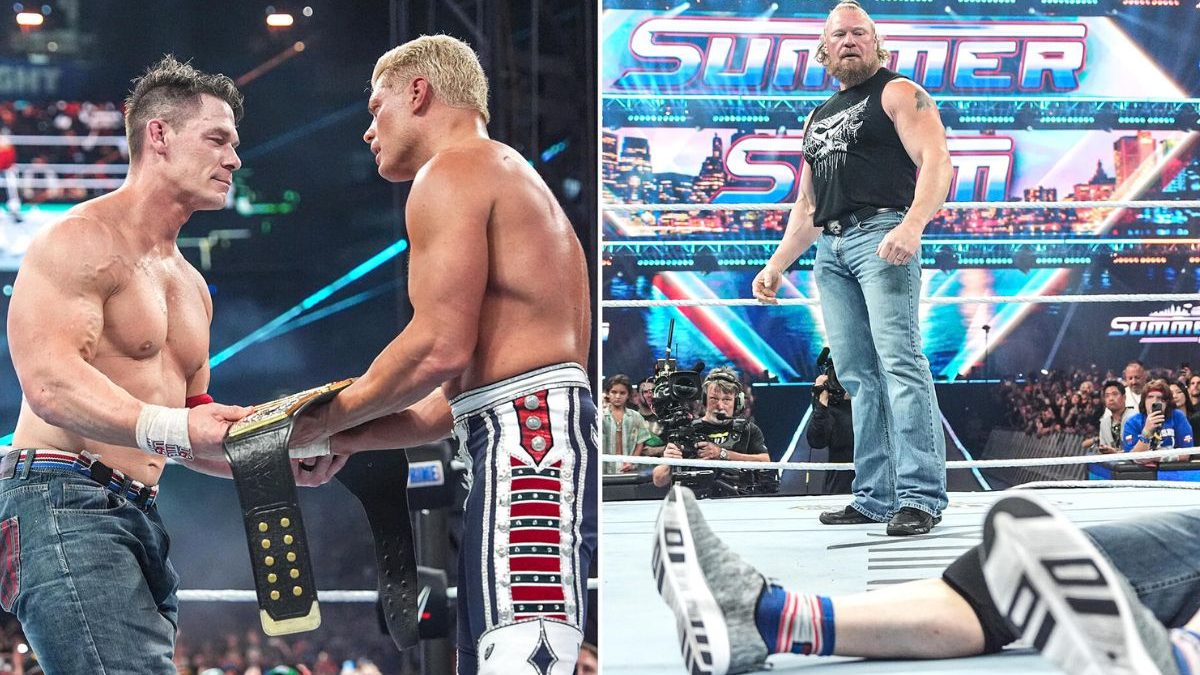On a wintry afternoon, just off the hockey pitch in Shahabad, a week after the Indian women had won the Asian Games bronze medal in Doha, coach Baldev Singh was in a pensive mood. Off NH 1, you could hear the truck tires squeal, cacophony of multiple vehicles honking and a buzz that came in from the direction of the town. Amidst the din, Baldev thought hard. It had been a simple question, “Given the historical perspective and the start that India had in the 1974 World Cup, where they finished fourth, why hadn’t the sport picked up and India become a big medal winner at the two championships that counted — the World Cup and the Olympic Games?” Baldev likes to keep things simple. He is not the coach who will give you a lecture on zonal play, wing-back offensives and defensive manoeuvres that punch holes in the opposition midfield. So he thought. Finally, he said, “It’s cultural, and our innate Indianness doesn’t let us go that extra mile.” [caption id=“attachment_3424126” align=“alignleft” width=“380”] File image of Rani Rampal. Image courtesy: Twitter @imranirampal[/caption] He knew he wasn’t really hitting the nail on its head, even though his trail of thought wasn’t too off the mark. Finally, scratching his salt and pepper beard, wriggling his cap left to right, he said, “The women need to focus on the sport and forget they have a home. They are women but while you are trying to create a career and win big, you have to be just a hockey player.” Women’s hockey was dominated by Punjab in the early 60s and 70s. In fact, for eleven straight years, Punjab won the National Championships — those were the days when players formed clusters and played in tight groups, all wanting the ball. Punjab played with width and thus won Championships. Of course, they had better players. But hockey among women hadn’t really caught up in other regions, especially in Haryana or even Odisha. Today, you see a smattering of players from almost every region trying to make it into the Indian team. Yet, Haryana, Punjab, Jharkhand and Odisha dominate. Goalkeeper in the 1974 World Cup, the first ever for the women’s, Neena Rane, believes Punjab was the only state serious about its hockey. “But largely we played for fun,” she said. “The Paris World Cup saw us playing above our level and finishing fourth, and I do believe if we had pushed resources into the sport then, women’s hockey wouldn’t have come down as drastically as it did in phases.” Eliza Nelson, captain of the 1982 gold medal-winning Asian Games team and a member of the 1980 Moscow Olympics team that finished fourth also believes that the coach matters. “If Balkishen Singh was with the women’s team in Moscow, there is no way we wouldn’t have finished on the podium.” Maybe, a medal in Moscow would have propelled India onto the world stage. It would have made us believe in the women’s game the way funding is given to the men’s sport together with the hype and spotlight. Eliza also laughs, lacing truth with humour that Balkishen realised early that winning gold with the men’s team at the 1980 Moscow Olympics was an easier task than winning with the women. And then vice-versa in the 1982 Asian Games; the men’s team coached by Col Balbir with Balbir Singh Senior as manager lost 1-7 to Pakistan in the final. The ladies team bulldozed everyone; winning five matches, scoring 37 goals with just one goal against them to amass ten points and clinch the gold. Hockey prospered across Punjab in centres like the Mall Road School, Amritsar, Nehru Garden, Jalandhar and in Faridkot where the Saini sisters — four of them representing India at the 1974 World Cup. One among them, Rupa, led the team in the 1978 World Cup, and was also the manager when India won the 2002 Commonwealth Games gold. Balbir Singh Randhawa, who played for India in 1967 at the Pre Olympic Tournament and spent a good period of his time as coach, feels India had another opportunity after the 2002 triumph at the CWG. “But we somehow lost that again,” he feels. “I do agree with Baldev that the window of focus is just too small for women players. Even in the Railways, we sign a contract saying that you will play for Railways for at least five years but most players are married within two years and have a child soon.” Only a few very focussed and disciplined women players want to excel as the rest succumb to pressure, as a result of which, the Indian team has been a constant work in progress. If Gurcharan Singh Bodhi started the progress in Punjab, giving women’s hockey almost eight to ten players for the 1974 World Cup, the work was carried on by Balkishen Singh and then Baldev Singh who snatched away power from Punjab and centred it in Haryana as a small town called Shahabad became the epicentre for women’s hockey. Mumbai faltered as politics killed hockey but the rise of Odisha and Jharkhand gave a fillip to those regions. Michael Kindo may have been one of the first Adivasi players to play for India but what he set in motion was that almost every Adivasi who could dribble and keep the ball in play aspired to play for India. It was only a matter of time before girls got into the act. Trying to replicate what Shahabad was doing were the villages of Sounamara, Tileikani and Lulkidihi in Odisha’s Sundargarh district where players like Subhadra Pradhan, Jyoti Sunita Kullu and Binita Toppo wore Indian colours. Yet they were recent converts. Out of 13 World Cups played so far, India have participated in only six; disappointing, considering we played the inaugural edition and finished fourth. Col Balbir Singh, coach of the 1998 Utrecht World Cup team, believes not much emphasis was ever given to women’s hockey. “Even in 98’ when they asked me to coach the women’s team, I said you will have to bring back the four players suspended for indiscipline — Sandeep Kaur, Pritam Rani, Sita and Manjinder Kaur. I took the players into confidence and they said they would play for India.” All four players had stayed away from the Indian camp for the Olympic Qualifying Tournament in Milton Keynes citing personal issues. Even though the Utrecht team finished 12th at the World Cup, three of the players, Sita Gussain, Manjinder Kaur and Pritam Rani were part of the team that won the 2002 Commonwealth Games. “It’s only now that women’s hockey is finding its feet,” says Col Balbir. “There is more emphasis on tours, fitness, support staff and foreign coaches.” In the six World Cups that India have played, we have won nine matches, losing 27 and drawing three. Baldev believes India always gave more emphasis to the Asian Games and the Asia Cup. “We always did try to participate in the World Cup and the Olympics but at the back of the mind, the team always gave up, thinking they won’t be able to qualify,” explains Baldev. India have only played two Olympic Games — 1980 Moscow and 2016 Rio de Janeiro. But a look at the Asian Games and Asia Cup shows that in Asia, the Indians do pull punches. In nine Asian Games, India has a gold, a silver and three bronze medals. In eight Asia Cups, we have two gold, two silver and two bronze medals. Can London 2018 be different? Former Indian captain and member of the 2002 Commonwealth Games gold medal-winning team, Pritam Rani Siwach, believes India can pull off a surprise at the Queen Elizabeth Olympic Park. “It’s a balanced side and can attack and defend in numbers,” she says. “And they have some good creative players in the midfield and forward-line.” More than the opposition, it is sometimes tough to beat history. It’s not a deficit of respect for the Indian women, but history usually wraps itself around; a ‘past’ unable to let go. If the Indian women can move past the old and predictable narrative and strike out on their own, a few pleasant surprises could be in store."
If the Indian women’s hockey can move past the old and predictable narrative and strike out on their own, a few pleasant surprises could be in store.
Advertisement
End of Article


)

)
)
)
)
)
)
)
)



